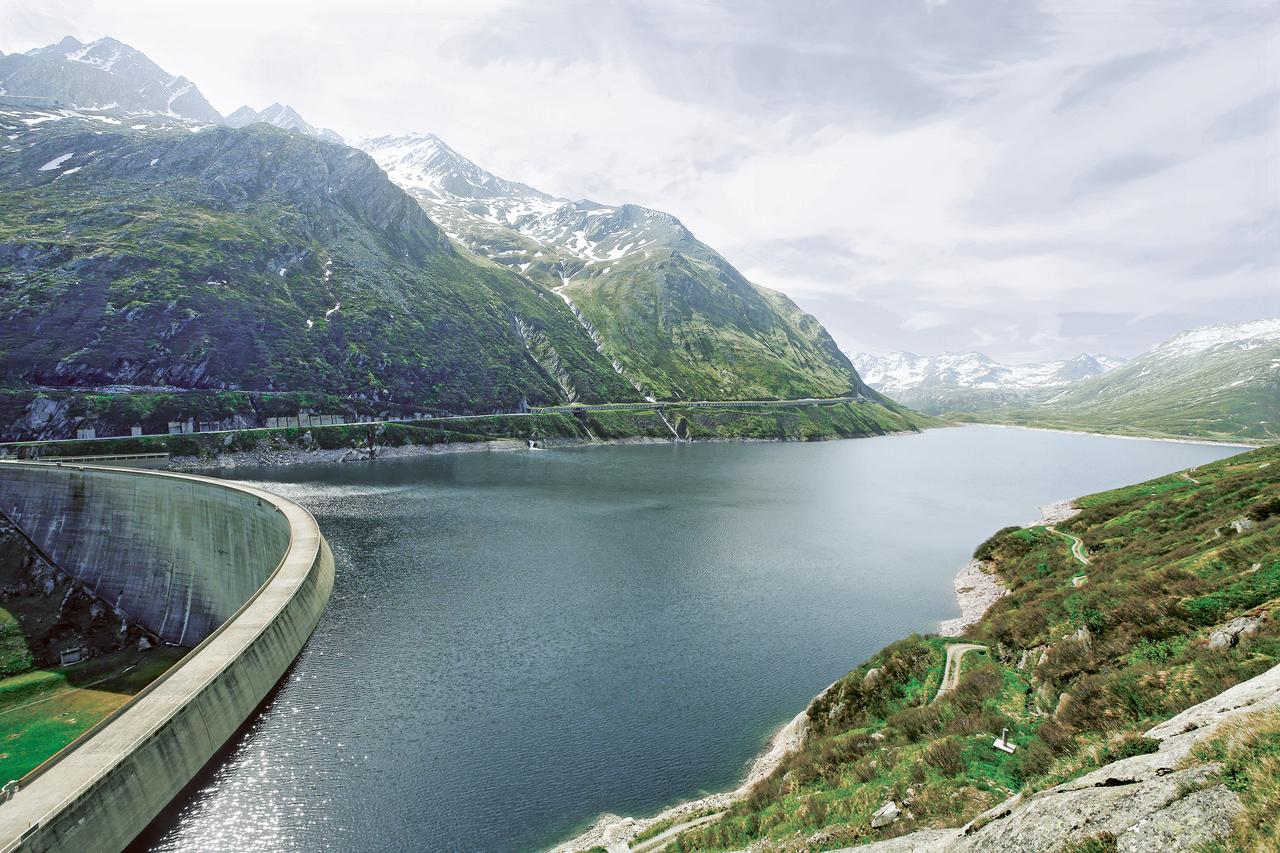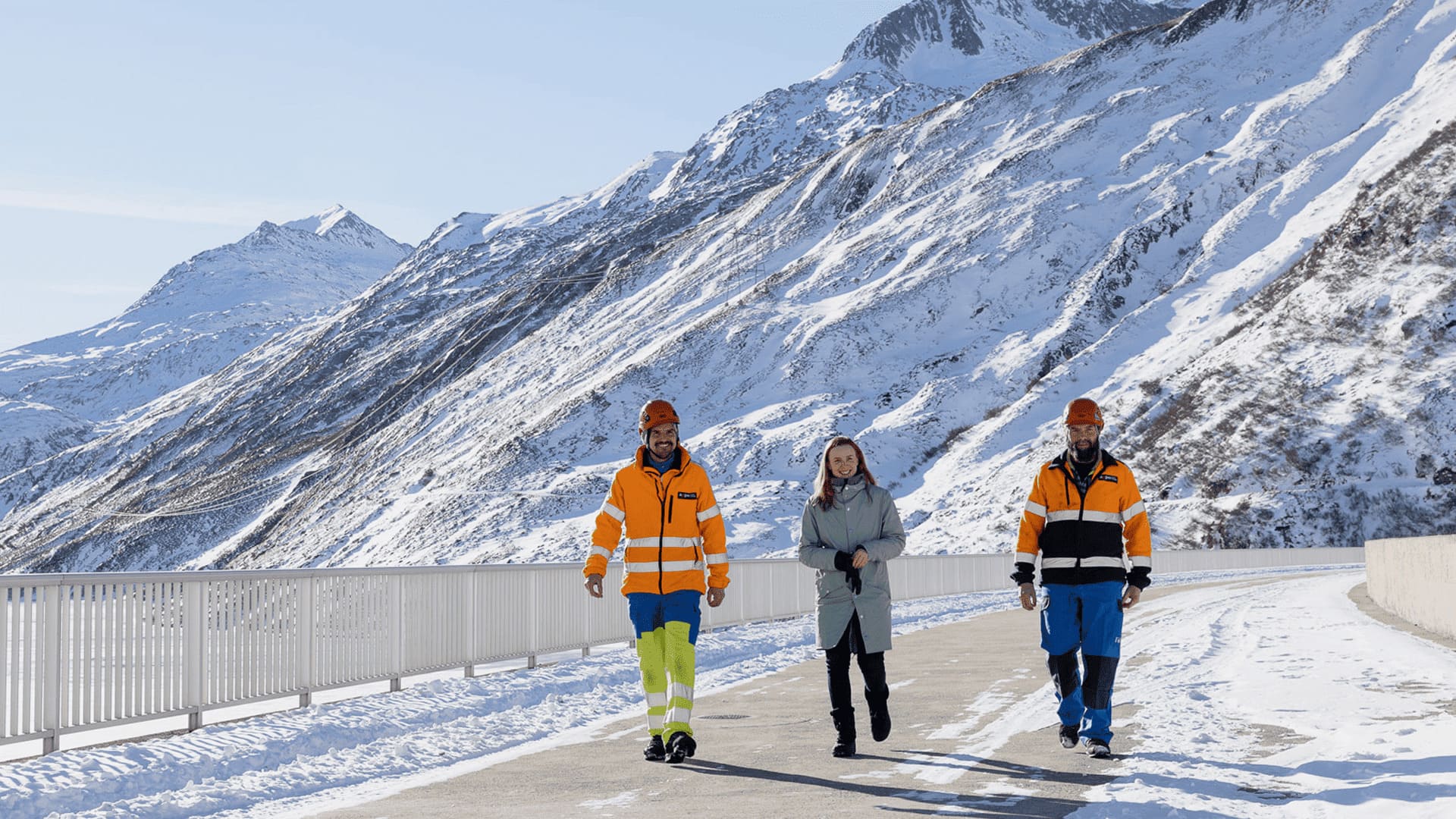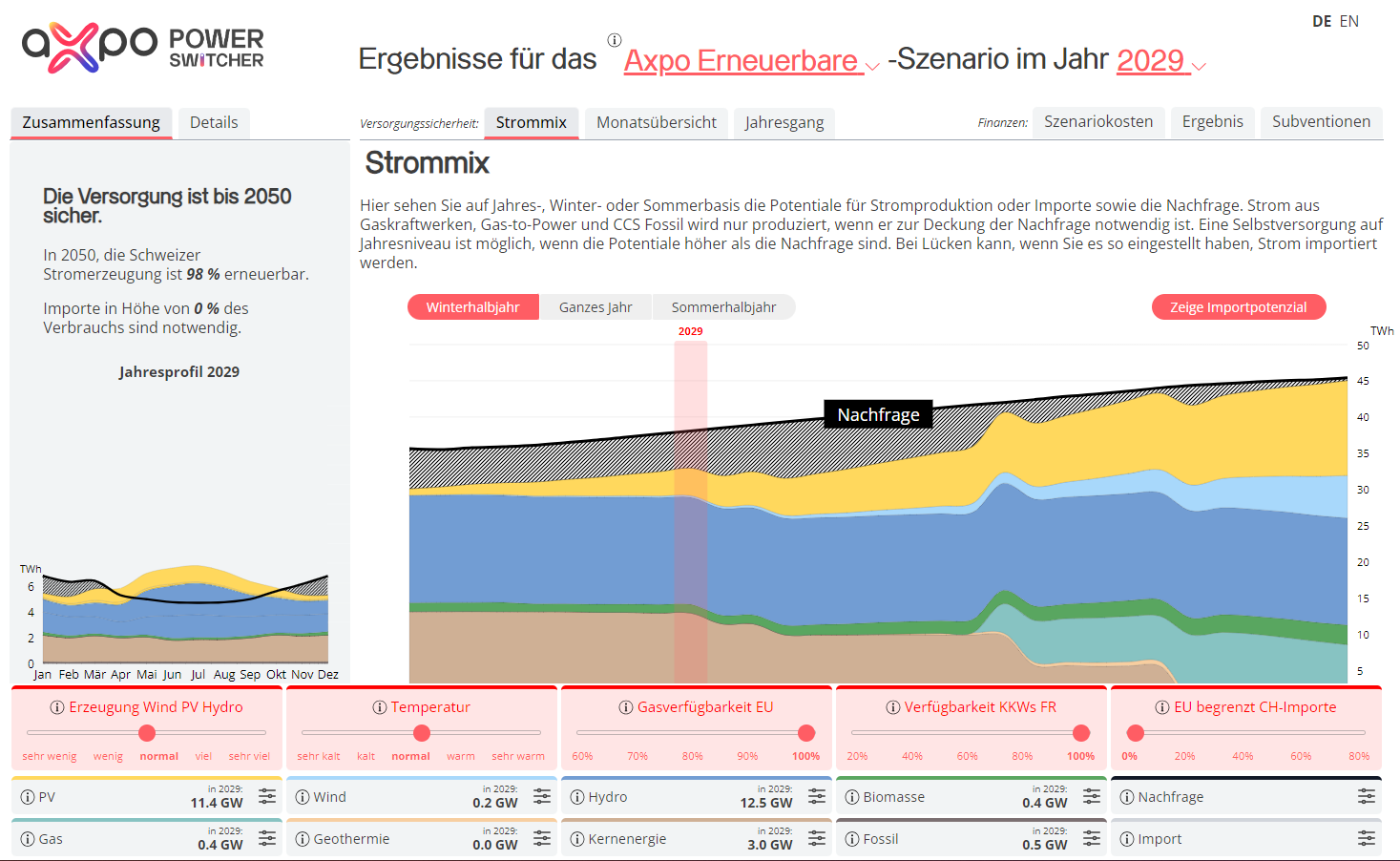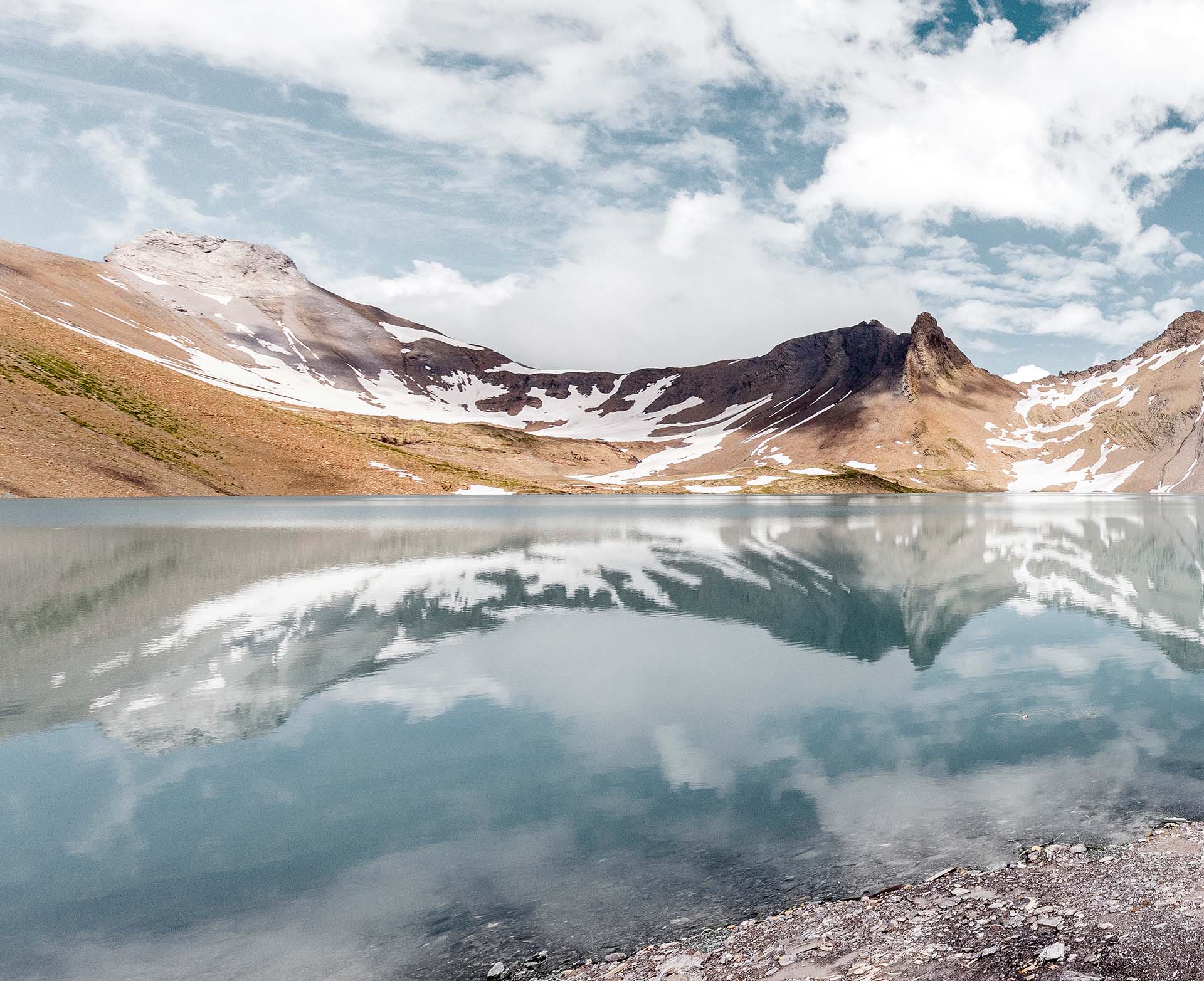15.08.2023 | Myths and misconceptions can be highly persistent
Myths and facts: 12 common misconceptions about electricity
Producing and distributing electricity – it’s a complex undertaking. So it’s hardly surprising that there are many myths and misconceptions about these issues in public discussion. We’ve collected – and corrected – some of the most common examples.
12 common misconceptions about electricity
Expanding PV on roofs is a ‘no-regrets’ move. Naturally, we have to fit as many roofs as possible with solar installations as quickly as possible. This is the technology that enjoys the highest level of acceptance among the public (GFS study on behalf of VSE). On top of that, it does not require additional surface area but builds on existing structures. In terms of costs, large-scale rooftop installations on industrial buildings and PV canopies in car parks are particularly appealing. However, we need to do more than simply install PV systems on roofs because this would not supply enough electricity in winter. We also need to provide solar ground-mounted installations in the Swiss Plateau and in the mountains. Alpine installations in particular supply crucial winter electricity and are therefore considered vitally important. Furthermore, a quick look at the costs illustrates that large-scale solar installations often rank among the most affordable technologies out there. The bigger the installation, the better the economies of scale. We need a mix of technologies, including sources like Alpine PV and wind power. Both of these technologies supply plenty of electricity in the critical winter months.
Find out more about the Axpo model and create your own alternative with the Power Switcher.
It’s important to maintain perspective. For example: producing an additional 10 terawatt hours of winter electricity with Alpine photovoltaics – which equates to around a sixth of current electricity consumption – would require panels covering an area of about 100 square kilometres. But the Alps cover 20,000 square kilometres. Another example: it takes around 800 wind turbines to produce 5 terawatt hours of winter electricity with wind power. Their foundations would, in total, take up an area of less than one square kilometre. The land beneath wind turbines could be used for agriculture, for instance. And that’s hardly ‘plastering’. What’s clear is that a balanced production mix, including both solar and wind energy, is needed, alongside Switzerland's vital hydropower.
Find out more in the NZZ interview (paywall) with Christoph Brand, CEO of Axpo.
Every year, Switzerland produces more or less as much electricity as it consumes. But not always at the right time. In summer, we export electricity that we can’t store. In the winter months, we import it. We will still be reliant on electricity imports in the future. Complete independence would be enormously expensive. According to an ETH study, Swiss isolation would not make sense from a technical or economic perspective, and would certainly not result in any increase in security of supply. The sensible path for Switzerland to achieve an environmentally friendly and secure electricity supply will still entail international networking and trading in the future. But this requires stable relationships and corresponding agreements with our neighbours.
By 2050, Switzerland will require around 50 terawatt hours more electricity per year than it does now. Hydropower will remain highly important, but the best locations have long been monopolised. There is almost no expansion potential in hydropower. The 15 projects proposed by the Hydropower Round Table would generate – in total – 2 terawatt hours of electricity. But even they represent redistribution of electricity production from summer to winter, with little additional production.
Find out more about hydropower in the Handelszeitung interview with Christoph Brand, CEO of Axpo.
Reservoirs are the best form of seasonal power storage. Raising the walls of a dam facility means redistributing electricity production from summer to winter. That’s because enlarged reservoirs can retain greater volumes of water throughout the year, which can be sent through the turbines in the critical winter months. Reservoirs alone, however, are not the silver bullet needed for the energy transition. Swiss reservoirs ‘store’ a maximum of 8.9 TWh of electricity. And higher dam walls don’t increase the inflow of water, which means the entire usable water volume remains constant across the whole year. Electricity production is ‘simply’ shifted from summer to winter. And pumped storage power plants aren’t suited for seasonal redistribution. They offer us much-needed flexibility over hours or days, but not months.
Find out more about the potential of dam wall elevation for winter electricity in Switzerland.
Switzerland currently imports approximately 5 TWh of electricity annually during the winter months. The above figure may well increase further in the next few years. This is conditional upon other countries’ ability to export this electricity. The expansion of solar energy in countries like Spain, or wind energy in France, is therefore also relevant for Switzerland because it contributes to climate-friendly electricity production in Europe and boosts the security of the energy supply as a whole. Switzerland should potentially have enough electricity provided that Europe has enough itself. By operating plants in other European countries, Axpo is helping to ensure that there will be enough electricity to meet Europe’s needs in the future – and indirectly also meet Switzerland’s import requirements to boot. Axpo has extensive experience in solar installations and expertise in a range of solar technologies, and it is keen to apply them in more Swiss projects. In the wake of regulatory easing, Axpo launched its major solar offensive in Switzerland in 2022. Over the last 10 years, 70% of Axpo’s investments were made in Switzerland.
While Switzerland isn’t a typical candidate for wind power, the potential for domestic wind power is far greater than previously thought thanks to technology advances and improvements in the political framework conditions. New wind turbines are larger and more efficient. They produce more electricity from the same surface area. One key advantage of wind power is that roughly two-thirds of the electricity is generated in the winter months – precisely when we need it most. This makes it an ideal complement to photovoltaics. In addition, onshore wind expansion (that is, wind power on land) is considered extremely affordable compared to other similar technologies. Such installations can be set up quickly and dismantled in virtually no time if no longer needed. And we should be taking full advantage of this potential in Switzerland in the interests of having a secure electricity supply. Austria boasts 1,307 wind power plants that represent 12% of its electricity mix – Switzerland has 41 plants, amounting to less than half a per cent.
Axpo would love to expand wind power capacities in Switzerland, but the regulatory framework conditions (the length of procedures in particular) and the low level of acceptance for wind power among the Swiss population sadly make this highly challenging. Together with its subsidiary CKW, Axpo is actively pursuing six wind farm projects in central Switzerland and in the canton of Aargau. Some 20 turbines will one day produce clean electricity for over 30,000 households (5.5 MW installed capacity per turbine, 110 MW in total).
Find out more about the seven reasons to build wind power plants in Switzerland.
Existing nuclear power plants are a key pillar in the climate-friendly security of supply for Switzerland. They should continue to operate as long as they can do so safely and economically. As things stand, however, there is a ban on building new nuclear plants. Ultimately, it is for society to decide whether Switzerland will also continue to put its faith in nuclear energy in the future. One thing’s certain: the current financial and regulatory barriers would be too high to find investors for new nuclear power plants. This and the current ban on new plants means that we won’t see a new nuclear power facility on Swiss soil in the near future, regardless of technological developments.
Accelerated procedures and expansion projects – whether for PV, wind or hydropower – tend to provoke resistance from environmental and landscape protection associations. They are united by the fear that protected land will be endangered, particularly when it comes to nature reserves of national interest. But there is no contradiction between legitimate conservation interests and the expansion of renewable energies that both politicians and society at large are pushing for – as long as we retain moderation in weighing up these interests.
‘When we apply a sense of proportion and sound judgement in implementation, we can achieve a good balance between environmental concerns and electricity production,’ said Axpo CEO Christoph Brand recently in the Radio SRF programme Samstagsrundschau. We don’t need to expand production in the most sensitive landscapes in Switzerland, says Brand, ‘But that means we need to stop fighting against projects in less sensitive landscapes.’
Find out more about the relationship between renewables and conservation
Green hydrogen (i.e. hydrogen made from renewable energy) is highly important because it is carbon-neutral and can contribute to decarbonisation. For seasonal redistribution, there will be no way around it on the path to net zero, particularly if the expansion of Alpine photovoltaics and wind farms stalls - such as the current situation in Switzerland - and we don’t succeed in establishing technologies suited to winter production. In addition, the CO₂ pollution can already be reduced in the near future by replacing grey hydrogen (i.e. hydrogen that has its origin in fossil fuels) with green hydrogen.
The economic viability of hydrogen is not yet conclusively guaranteed today. For example, the production of hydrogen through electricity entails high energy losses and the handling of the new technology is currently still rather inefficient. There are also some logistical challenges to deal with (transporting hydrogen). But what's also clear is that the technology hasn’t been exhausted and we should expect to see improvements – just as we have with photovoltaic technologies over the years. An international market for green hydrogen and synthetic gas will emerge within the next two decades. The demand for hydrogen will potentially be very high throughout the whole of Europe.
Axpo has identified hydrogen as a strategic growth area and it is currently setting up its first production facility at the Reichenau hydropower plant.
Found out more about the great potential of hydrogen in the Weltwoche interview with Martin Koller, Chief Strategist at Axpo.
Our trading decisions are based on in-depth and fundamental analyses, stretching from weather forecasts to detailed risk assessments. Trading at Axpo not only entails proprietary trading, which is our smallest business area, but in particular the marketing of our own production (asset-backed trading) and tailored customer business, also known as 'origination', that offers supply contracts with end customers as well as electricity procurement contracts.
Production and trading are closely linked in the energy sector. It is not enough to simply start up a power plant, feed energy into the grid and then hope that somebody will be able to use the electricity. Trading is the sales channel for our product: electricity. Production without trading would be like a conveyor belt going nowhere. Trading is a marketplace for producers.
In a world marked increasingly by more widely distributed decentralised production with renewables scattered across Europe, trading will become even more important in future. This is also due to the fact that certain regions are better suited to certain technologies because of their geography.
Axpo’s strategy is diversified to take its regions and fields of business into account. This strategy reduces risks and makes Axpo less dependent on volatile electricity prices.
In the past 10 financial years, trading has contributed around 40% of Axpo’s entire operating profit (EBIT) on average. Without this income, Axpo’s ability to also invest in Switzerland would be greatly reduced.
Thanks to its successful commercial and international business activities in particular, Axpo has managed to navigate the energy crisis affecting Europe well so far. Diversification with respect to markets and business areas helped absorb liquidity requirements arising from the safeguarding of Swiss production.




.jpg)





